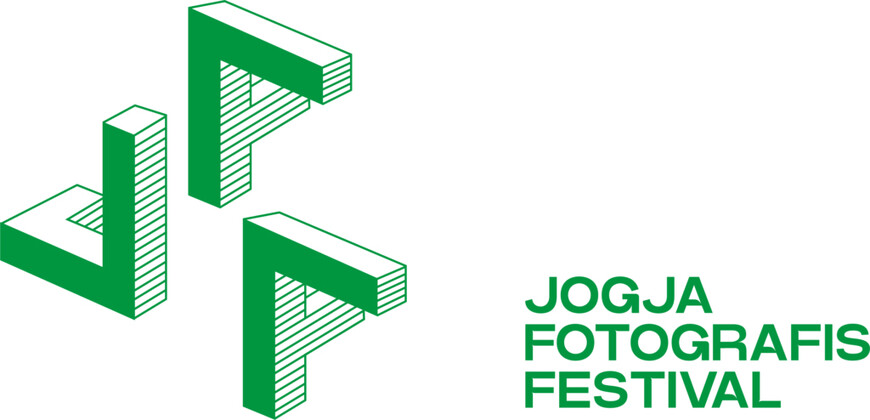Group Exhibition R.J. Katamsi Gallery, Yogyakarta, Indonesia
The inaugural edition of Jogja Fotografis Festival will probe further on the historical, theoretical, and practical aspects of the production and dissemination of knowledge and art on what ‘FRAME’ means. Thematically, ‘FRAME’ refers to the broad understanding within the domains of knowledge and art, but can also be seen from the perspective of the production of artworks, and will hopefully propose new subjects and domains for visual artists, especially those who are interested to work with photographic perspective.
In broad sense, the themes of framing practice in social and political realities such as media framing, territorial framing, national strategy and policy framework, etc. can be explored as subjects. Basically, frame is a way and strategy to see the world, with emphasis on (a) how world matters are viewed and resolved, (b) how resources and opportunities are distributed, and even (c) who and how parties are involved.
In the art praxis, the frame becomes at once both the artists’ and the viewers’ first glance. With framing, artists determine the world that they build within their work and point to how that world will be read or enjoyed by the viewers. In literal sense, frame is one of the fundamental and important aspects in the production of artwork, moreover in the practice of photography.Through their choice of frame, artists decide what can be seen and what cannot be seen by the viewers, while also determine their position within the discourse or the issue that is presented through the work. Therefore, the choice of frame by the artists is not merely an act with artistic and thematic reasoning, but also a political one.
With frame, artists direct and arrange specific logics, replacing the given context with the designed context, to give new perspective on the event represented. Therefore, frame is a perspective that will in turn hatch methods to be used by artists in making works.
Links:


